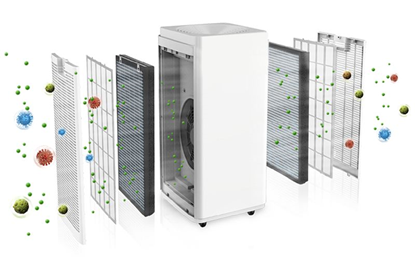Clause 3 – How to understand the definition of “detachable part”
detachable part: part that can be removed or opened without the aid of a tool, a part that is removed or opened in accordance with the instructions for use, even if a tool is needed for removal, or a part that does not fulfil the test of 22.11.
NOTE 1 If for installation purposes a part has to be removed, this part is not considered to be detachable even if the instructions state that it is to be removed.
NOTE 2 Components that can be removed without the aid of a tool are considered to be detachable parts.
The definition of this concept is mainly for the judgment of clause 8 and clause 20, and may also be used for the judgment of other chapters. Whether any part of an appliance can be removed cannot be judged by a certain arbitrary or subjective principle. Therefore, here, the standard stipulates three principles to determine whether the parts of the appliance can be removed. The first principle is the parts that can be removed without using tools; the second principle is the parts that can be removed or opened according to the instructions. If the instructions require the use of tools to operate, they can also be considered detachable; the third principle is the parts that cannot withstand the test of clause 22.11. This principle is actually a set of experimental methods to determine whether a part is firmly fixed; different people have different strengths and use different tools. For the same part, some people can remove it without the help of tools, while others cannot remove it due to lack of strength; therefore, a unified method is fixed here for execution. The clause needs to be understood together with the non-detachable part clause. From the literal meaning of the noun alone, it can be understood that a part is either a detachable part or a non-detachable part. However, analyzing the definition of the clause, it is not an either-or relationship here. The difference is that in the definition of detachable parts, there is an additional clause “parts that are removed or opened according to the instructions (even if tools are required to remove them)”, that is, if a part meets this additional condition, it can be judged as both a detachable part and a non-detachable part. For example, the instructions of some air purifiers will tell users how to use a screwdriver to remove the outer shell to replace the internal filter, and some floor-standing fans will also tell users in the instructions how to use a screwdriver to remove the mesh cover, and then remove the fan blades to complete the cleaning work. These disassembled parts are detachable parts.
When installing the indoor unit of a split wall-mounted air conditioner, you need to open the upper cover and remove the junction box cover. The junction box cover here needs to be removed during installation and reset after installation. The cover is not considered a detachable part. As shown below:

In order to facilitate the updating of filters and filter elements, the air purifier products are designed to fix the filters and filter covers with a snap structure, and the replaceable filters and filter covers are detachable parts. As shown below:


The filter of the sweeping robot shown in the figure below is a detachable part


fan grille for floor-standing fan shown as below:
